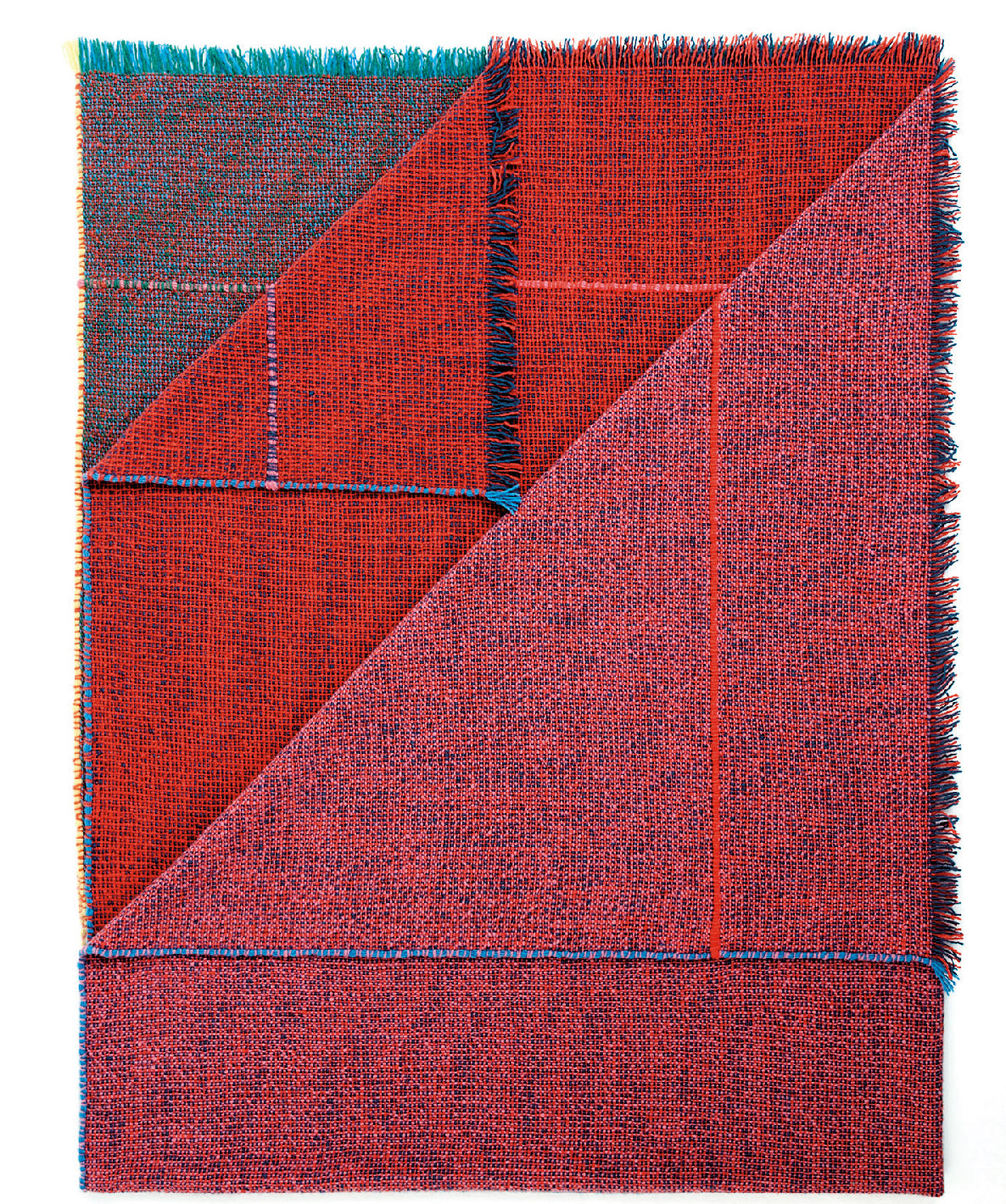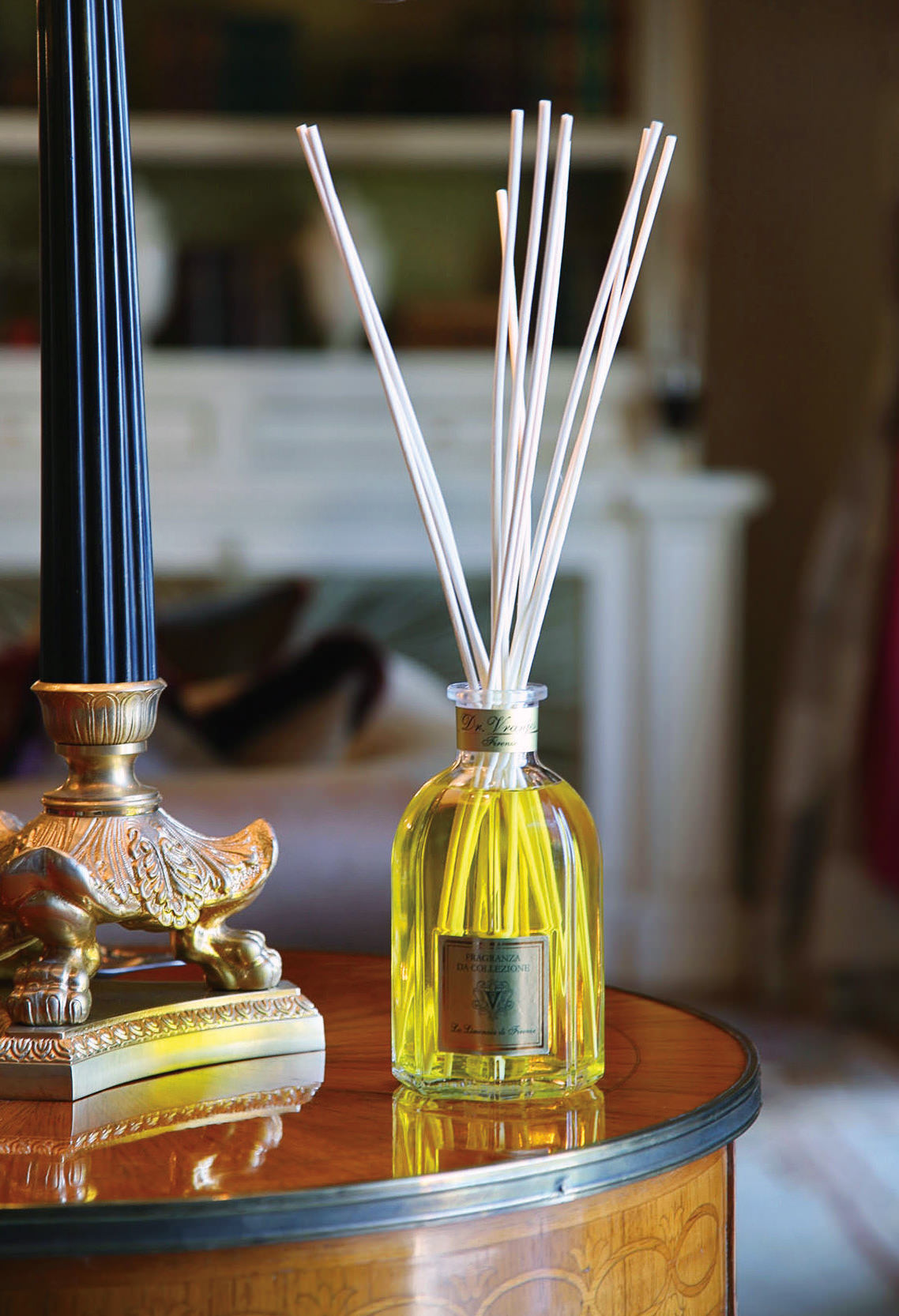-
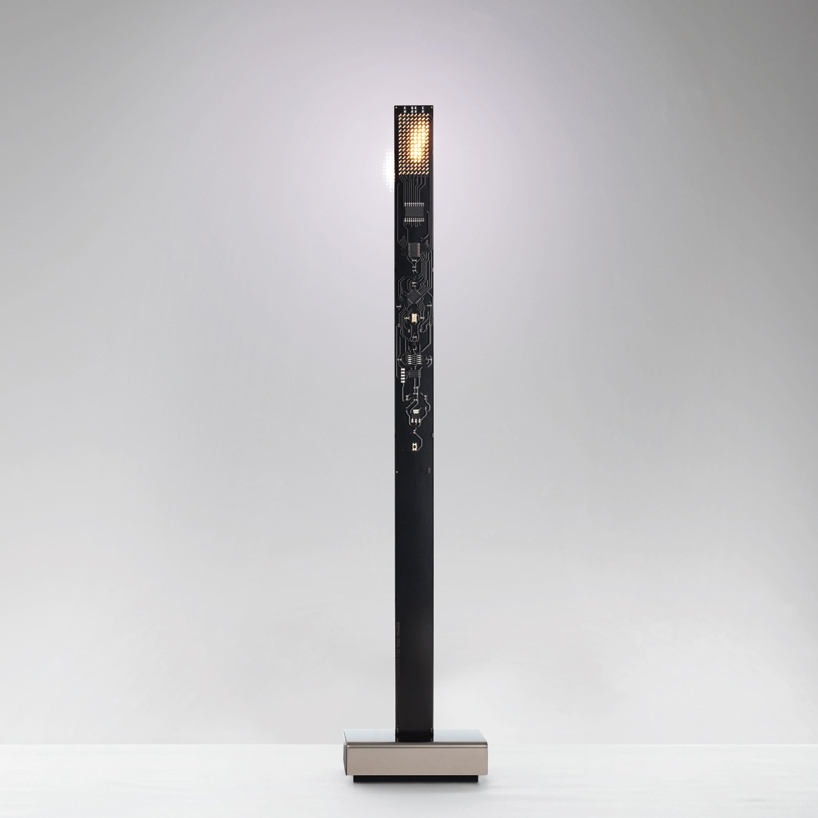
Moritz Waldemeyer’s My New Flame lamp for Ingo Maurer.
-

Philippe Starck for Flos’ Bedside Beretta lamp.
-
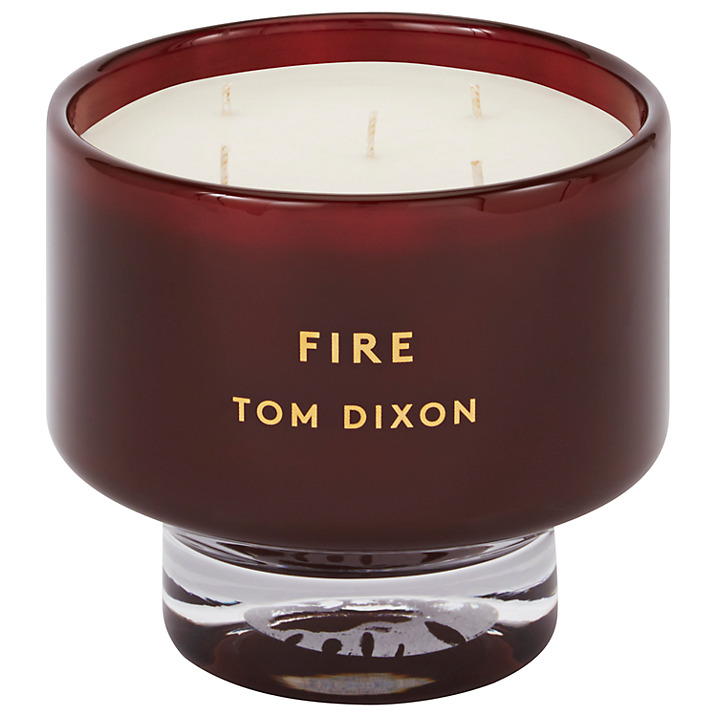
Tom Dixon Scent Elements candle in Fire, large.
-
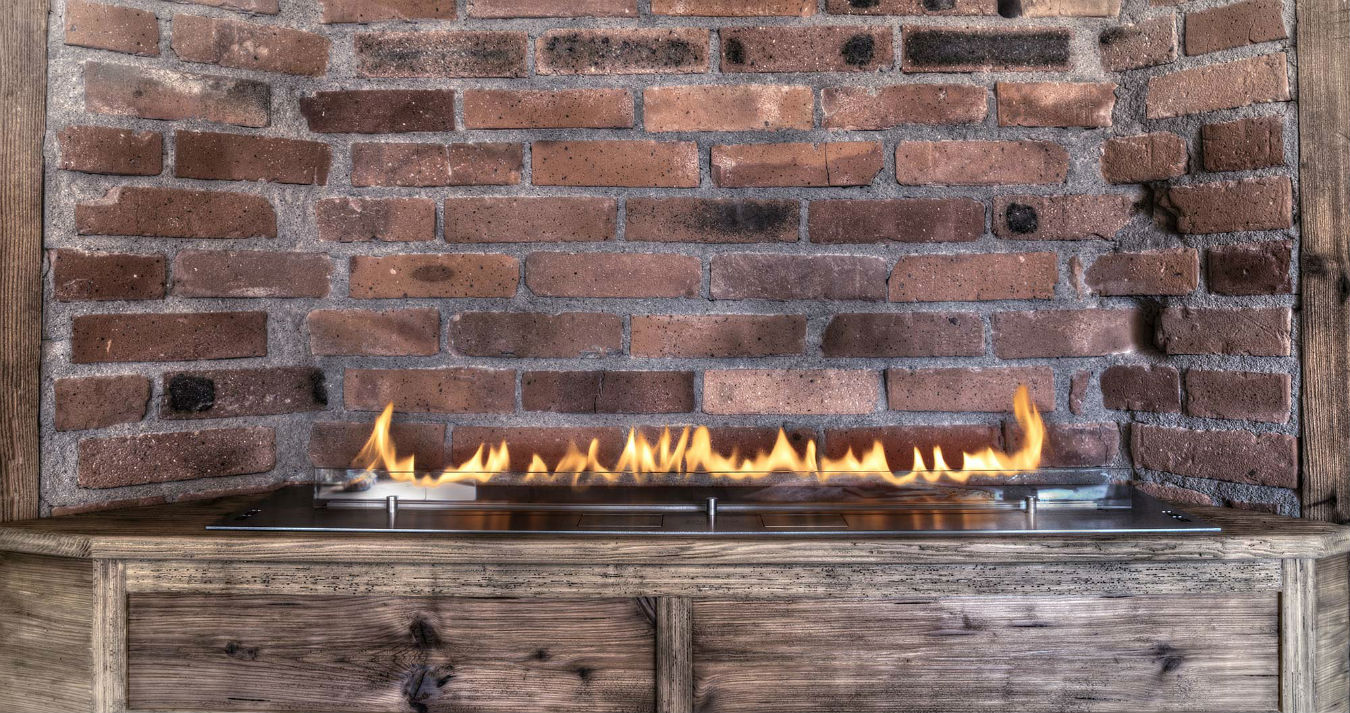
Planika’s Fire Line Automatic.
Elements of Design: Fire
Light it up.
Ancient philosophies and principles are the root of many contemporary practices. From Japanese design comes Wabi-Sabi—the concept of unpretentiousness, the integration of nature, and the acceptance of elegant imperfections—and the five elements: earth, air, fire, water, and void (or pure energy; spirit). As spring is design season, a time of renewal and a cue to refresh our own spaces, we feature collections of classic pieces for the home, inspired by the elements.
Fire
Fire represents heat, energy, and force. Emotionally, it represents our intentions, motivations and drive, desires and passion. In design, fire takes shape in commanding forms, but has the ability to subdue and relax as well.
Moritz Waldemeyer’s My New Flame lamp for Ingo Maurer takes a delicate (and safe) approach to flame via circuitry, video material, and LED lighting. The technology renders a realistic flickering candle flame and is rechargeable via a USB port. Looks best as a group.
On the real candle front, Tom Dixon presents a series of element-inspired scented candles, including Fire. Available in three different sizes, the large, five-wick model quickly disperses the layered notes of Cypriol oil, musk, and amber, alluding to charred timber.
Ready. Aim. Philippe Starck for Flos’ Bedside Beretta lamp was designed with the intent of shining light on the collusion of weapons and money (20 per cent of gross sales are donated by Flos to human rights organization Fratelli dell’uomo). In sharp gold plated finish, the striking piece is really a statement on avoiding the line of fire.
In contrast, Planika’s Fire Line Automatic is a bespoke, made-to-measure linear fire formation system that allows for unique, endless flame designs. The intelligent and distinct fireplaces are ventless, smokeless, and odorless, and can easily fit commercial spaces as well as the home.
See more from the Elements of Design series.



